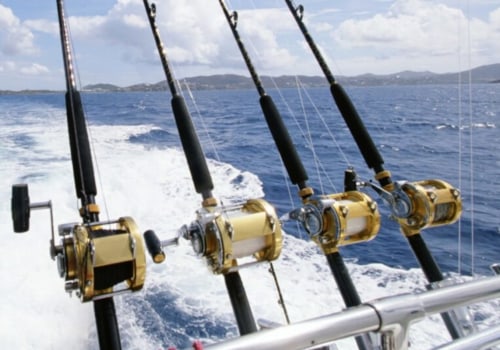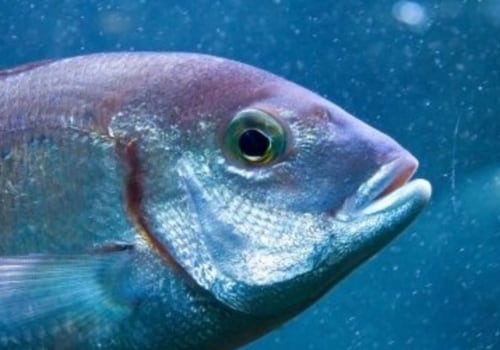Rain replenishes fresh water in rivers and streams, so they don't have a salty taste. However, the ocean collects all the salt and minerals from all the rivers that flow into it. This is because rainwater flows from the land into the rivers and streams that lead to the sea, carrying with it dissolved salts.
Robertson
provides an insightful explanation as to why salt exists in all waters and why it is more evident in some places than in others. This leaves less than 1% of fresh and liquid water in rivers, lakes and streams, and this freshwater plays an important role in explaining why the sea is salty.Rivers and lakes are replenished with fresh rainwater, but oceans are a kind of landfill where water with accumulated salt continues to increase salinity. The outcome of which of these two effects dominates the water cycle in the future will determine the change in salt concentration. The salt concentration in seawater (its salinity) is approximately 35 parts per thousand; in other words, approximately 3.5% of the weight of seawater comes from dissolved salts. When rain falls to the ground, this weak acid can dissolve small amounts of mineral salts from rocks, including sodium and chloride, which then enter the water. Well, the rain that falls from the sky is not just pure water, but it contains small amounts of chemicals called carbon dioxide and sulfur dioxide, which are absorbed by water while it is still in the air.
Some salts (especially chloride) also move as part of the water cycle, known as “cyclic salts” and originally come from volcanoes. Iodine is usually added to table salt to help prevent dietary deficiencies, and chemicals such as calcium silicate are mixed together to absorb moisture and prevent salt from clumping. The ocean has salt water instead of fresh water because of a combination of factors. Rainwater carries dissolved salts from land into rivers and streams that lead to the sea. This process increases salinity levels in oceans over time.
Additionally, some salts come from volcanoes as part of the water cycle. Finally, chemicals such as carbon dioxide and sulfur dioxide are absorbed by water while it is still in the air.








